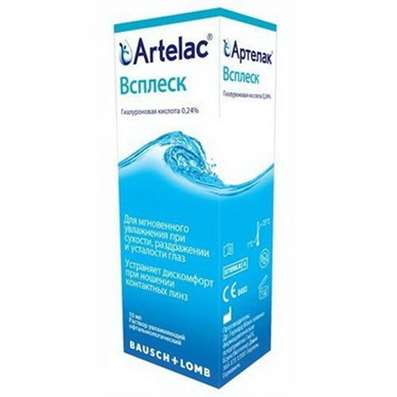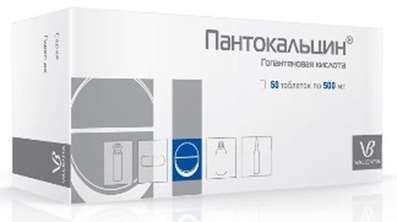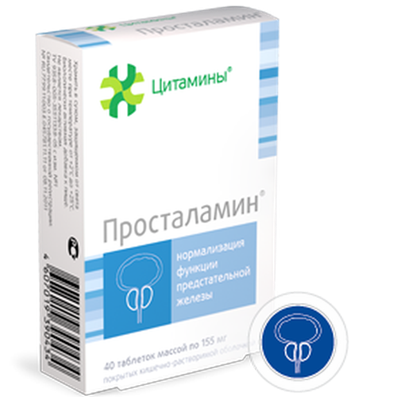Instruction for use: Dimenhydrinate (Dimenhydrinate)
I want this, give me price
Pharmacological group
Antiemetics
H1 antihistamines
Nosological classification (ICD-10)
H81 Violations of the vestibular function
Vestibulopathy, Labyrinth-vestibular disorders, Cochleovestibular syndrome, Vestibular disorder, Vestibular abnormalities, Vertigo labyrinth origin, Disturbance of microcirculation in the maze, Cochleo vestibular disorder, Cochleo-vestibular violation of ischemic nature, Disorders of the vestibular apparatus
H81.0 Meniere's Disease
Meniere's disease / syndrome, Meniere disease, Meniere's Syndrome, Labyrinth dropsy, Endolymphatic dropsy
H83.2 Labyrinth dysfunction
Labyrinth disturbance, Labyrinth Disruption, Labyrinth-vestibular disorders, Labyrinthopathy
R11 Nausea and vomiting
Postoperative vomiting, Nausea, vomiting, Vomiting in the postoperative period, Vomiting drug, Vomiting on the background radiation therapy, Vomiting indomitable, Vomiting with radiation therapy, persistent vomiting, anacatharsis, Postoperative nausea, Vomiting during chemotherapy, Vomiting of central origin, Vomiting on the background of cytostatic chemotherapy, persistent hiccups, repeated vomiting
T75.3 Motion Slewing
Movement Disease, Disease of the air, Marine Disease, Kinetosis, Airsickness, Seasickness, Swaying, Symptoms of motion sickness, Kinetosis, The motion sickness syndrome
CAS
523-87-5
Pharmacology
Pharmacological action - antihistamine, antiemetic, anticholinergic.
Blocks histamine H1 receptors and CNS m-cholinergic receptors. Inhibits the hyperstimulated maze function. It has antiemetic, anti-nausea, sedative, moderate antiallergic action, eliminates dizziness. The effect manifests itself in 20–30 min and lasts for 4–6 h.
In screening tests for mutagenicity, positive results were observed in studies on bacterial systems and negative results when using tissues and mammalian cells.
After ingestion, it is well absorbed, distributed to organs and tissues, completely excreted by the kidneys within 24 hours. Small amounts are excreted in breast milk.
Indications
Sea and airborne disease, Meniere's disease, prevention and treatment of symptoms of vestibular and labyrinth disorders (dizziness, nausea, vomiting, with the exception of symptoms caused by antitumor chemotherapy).
Contraindications
Hypersensitivity, epilepsy, children's age (up to 2 years).
Restrictions for use
Retention of urine (including predisposition), bladder neck obstruction, bronchial asthma, open-angle glaucoma, hyperthyroidism, cardiovascular diseases, stenotic peptic ulcer.
pregnancy and lactation
Contraindicated (I trimester of pregnancy) or possibly with extreme caution (II – III trimester), if the expected effect of therapy outweighs the potential risk to the fetus.
Category of action on the fetus by the FDA - B.
At the time of treatment should stop breastfeeding.
Side Effects
On the part of the nervous system: weakness, fatigue, impaired concentration, headache, dizziness, anxiety, nervousness, drowsiness, insomnia (especially in children), rarely - weakening of night and color vision, disturbance of accommodation.
On the part of the digestive tract: dryness of the oral mucosa, loss of appetite, nausea, vomiting, epigastric distress.
On the part of the respiratory system: dryness of the mucous membrane of the nose and throat, thickening of bronchial secretions.
Since the cardiovascular system and blood: lower blood pressure, tachycardia, hemolytic anemia.
Allergic reactions: skin rash, rarely - medical dermatitis.
Other: the development of drug dependence (with long-term use), rarely - dysuria.
Interaction
Enhances the effects of atropine, tricyclic antidepressants, catecholamines, barbiturates, alcohol, sedatives and hypnotics, neuroleptics, weakens - corticosteroids, anticoagulants. Lowers the response to apomorphine. Reduces the depressive effect of acetylcholine on the heart muscle. Combination with bismuth, scopolamine, anesthetics and psychotropic drugs increases the likelihood of visual impairment. Incompatible with ototoxic antibiotics (streptomycin, neomycin, viomycin, amikacin, kanamycin), because may mask the symptoms of ototoxicity and contribute to the development of irreversible hearing loss.
Overdose
Symptoms: fatigue, drowsiness, headache, dizziness, itching and dilation of skin vessels, mydriasis, slowed-down reaction of pupils to light, accommodation disturbance, nystagmus, lowering of muscle tone and tendon reflexes, urinary retention, tachycardia, changes in blood pressure. Then symptoms of CNS depression appear (speech impairment, orientation in time and space, ataxia), coma, respiratory depression, possibly CNS agitation; in children - hallucinations, convulsions, death.
Treatment: gastric lavage with a suspension of activated carbon (20–30 g) and the appointment of a saline laxative (10–15 g of sodium sulfate), mechanical ventilation, oxygen therapy. When convulsions in children - phenobarbital (5-6 mg / kg), diazepam.
Route of administration
Inside
Precautions
In the initial period of therapy, it is prohibited to drive vehicles and engage in activities requiring a quick mental and motor response. Be wary to appoint in old age.

 Cart
Cart





